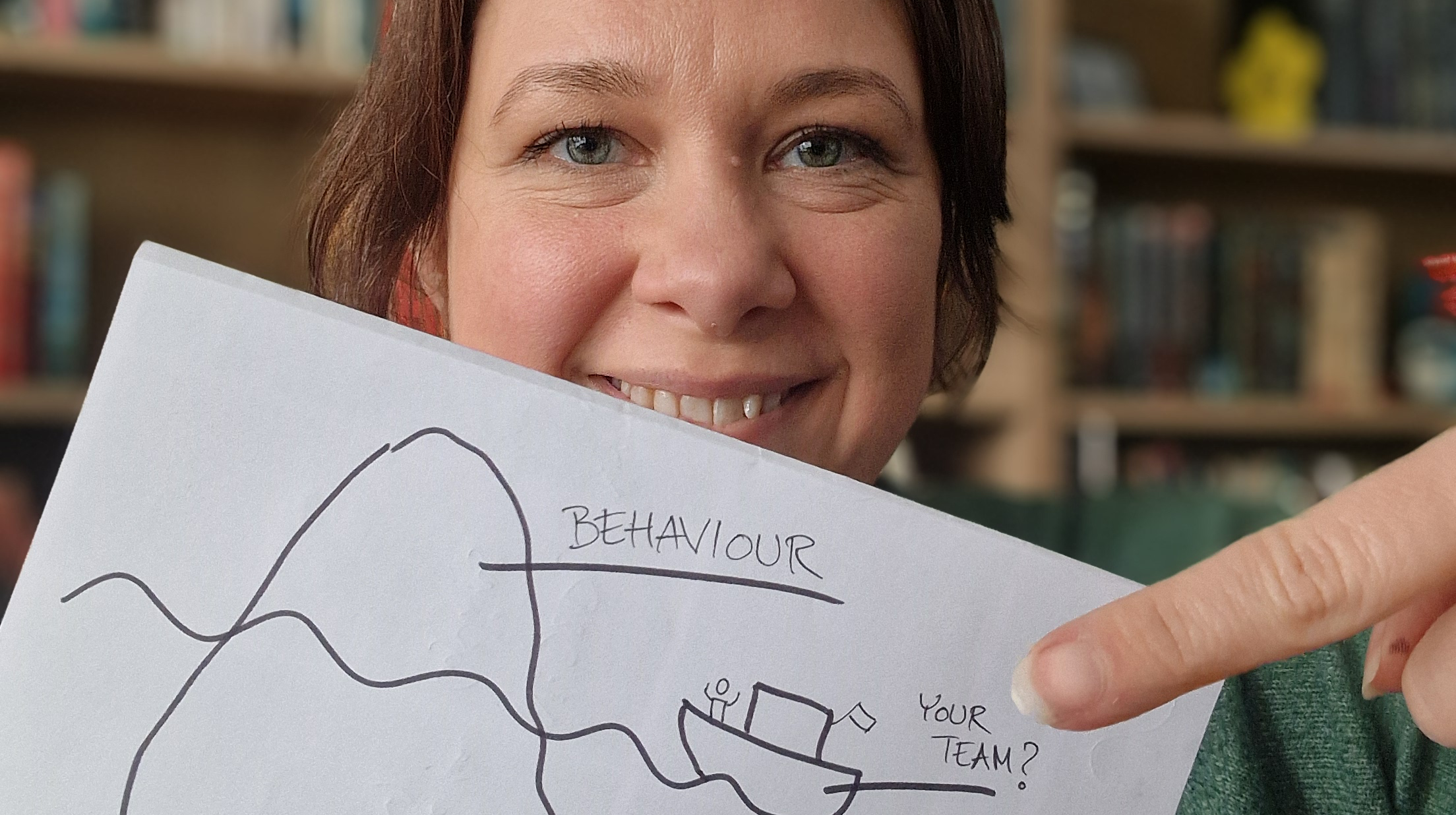Culture is extremely important in any organisation. To be fair, it’s important in any group of people, really. Whether it’s your football team, your knitting group or your extended family, culture determines a lot of things, whether you are aware of it or not.
For a company, culture has a huge impact on the likelihood of future success. The reason? Culture guides what people do, how they do it, and how they react to things like change, challenges and conflict. All things that are hugely important in a growing organisation.
If you want to know more about what culture is, you can read my blog post here. It explains a bit more of the basics.
But I promised icebergs, and I keep my promises if it’s the last thing I do!
So let’s get on with it.

What does company culture look like?
Obviously in order to say or do anything about culture in an organisation, you need to have an idea about what it is. Unless you’re the only person in your company, your personal values probably don’t equal the organisation’s culture.
So to describe it, you need to take a close look at what goes on day-to-day.
And this is where it can get tricky. The thing about culture is that is has two parts to it. A visible side and an invisible side.
(This is where the iceberg comes in.)
There’s the obvious visible side. These are things that people do. How they react to change, how they act in meetings, how they handle conflict with each other, how they approach new customers, or whether they empty the dishwasher. And so on.

But describing those are not enough to describe your culture.
For that, you need the other side. (The lower part of the iceberg, to be more precise).
This part is way more important, but it’s also harder to see. It’s the meaning behind the behaviour.
So let’s take an example. I might visit your office and see that everyone looks up and says hello when I walk by their desks.
That’s nice right?
Maybe.

Because in this case, it’s what drives the behaviour that’s interesting.
They could be saying hello, because they are a curious bunch, firmly believing that every stranger is just a friend they haven’t met yet. Maybe the company was founded by people who happened to share interests and started a conversation about it. This would be a sign of a culture of high trust, and openness.
On the other hand, it might also be because they want to signal to strangers that they are aware of their presence. Maybe there are fears of industrial espionage, or someone had their phone stolen off their table in the past. This would be a sign of a culture of with low risk acceptance, and low tolerance of outsiders.
None of them are inherently good or bad. If you have a problem with espionage, you absolutely want a culture of making sure things are legit before before trusting anyone.
So this is how the two icebergs would look very similar on the surface, but when you start digging into what hides under the water they are completely different. Same with culture. It takes some work to get to the root of things, but once you do, you’re in a much better place to fix some of the issues that are in every growing organisation.
Incidentally, I can help you find out what is hiding behind the stuff that goes on in your team. Reach out for more info or follow me on LinkedIn for more on culture, communication, organisation and leadership.

Comments are closed